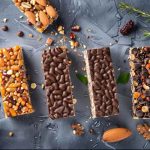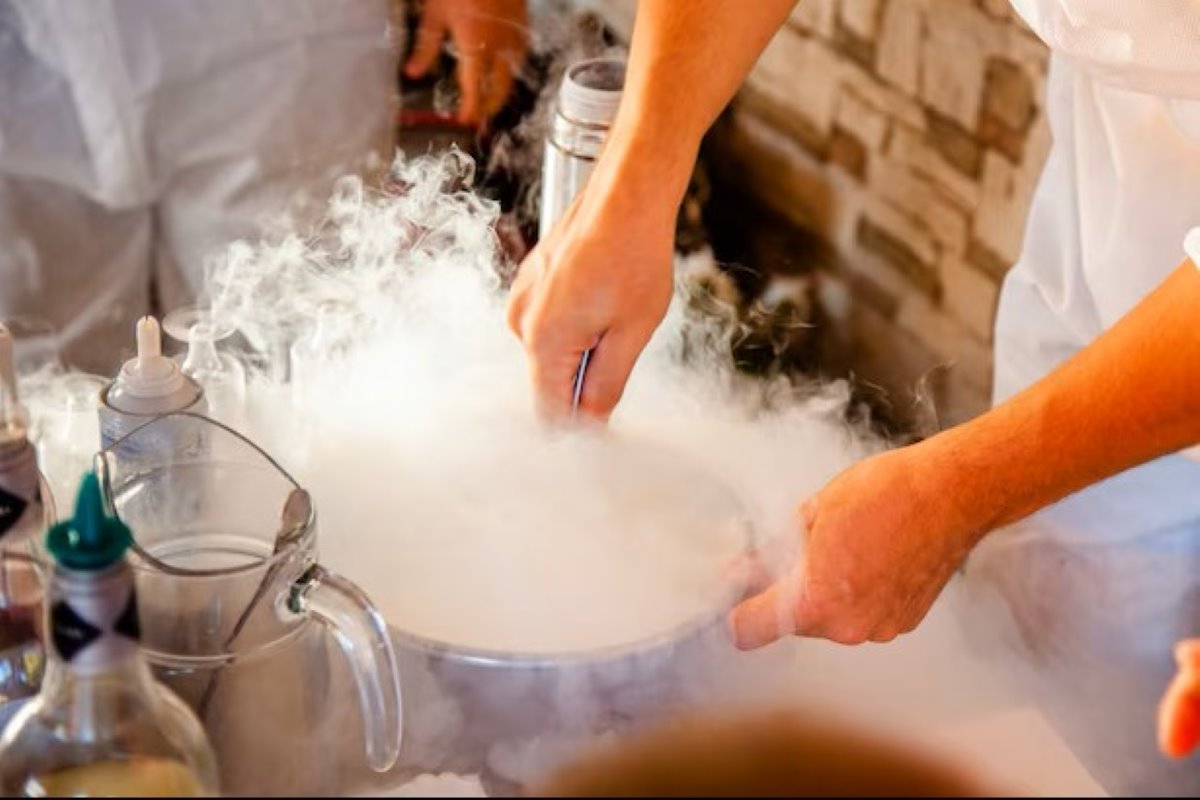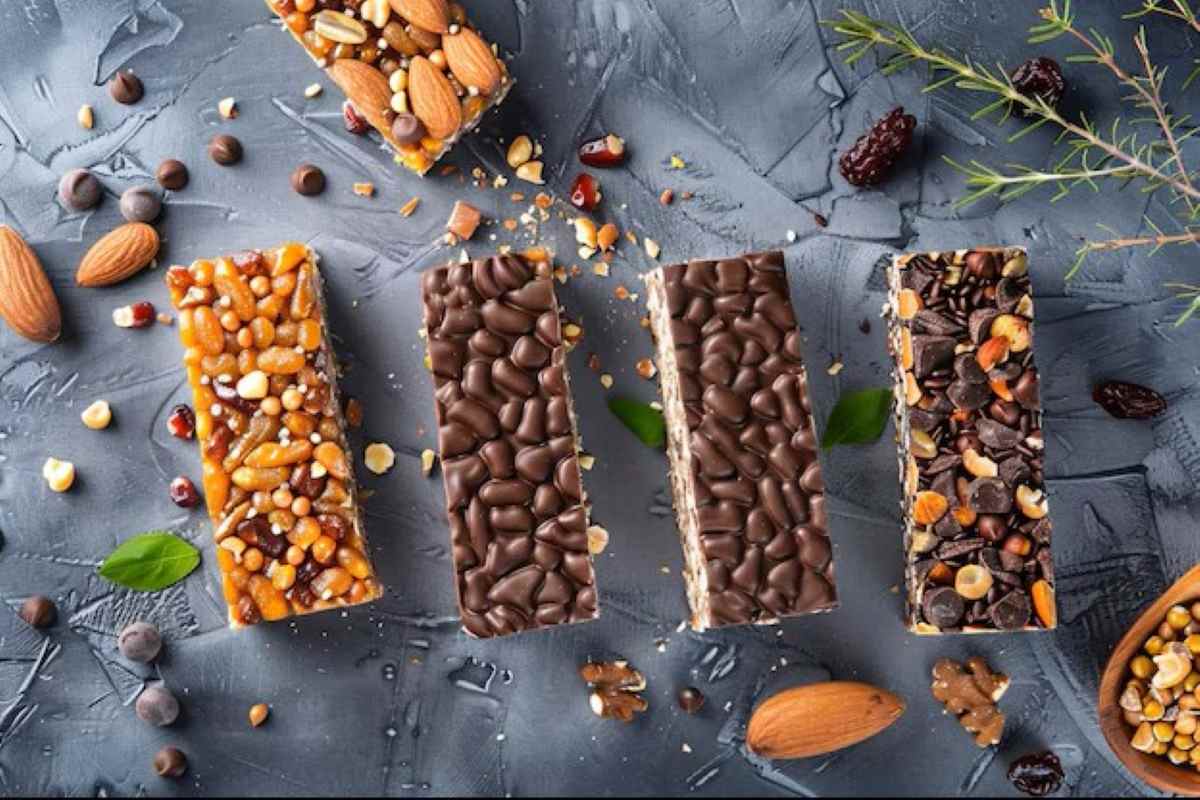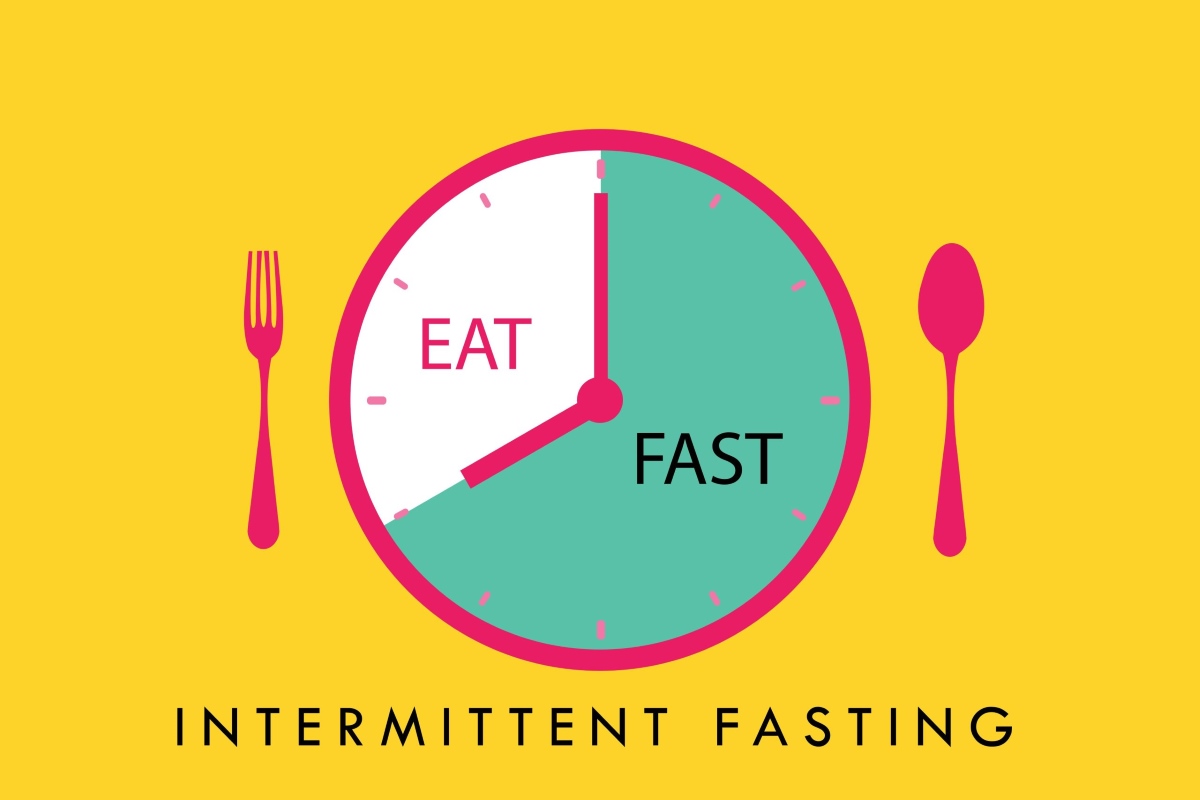A puff of smoke, a dramatic chill, and desserts that look like they were forged in a futuristic lab, that’s what cooking with liquid nitrogen looks like. Indeed, liquid nitrogen food preparation is a flagship activity of innovative cooking methods in molecular gastronomy.
However, unlike other molecular gastronomy methods, cryogenic food techniques involve temperatures below zero. Consequently, cryogenic cooking should always involve liquid nitrogen safety measures. Indeed, cryogenic cooking is NOT something you want to try out in your home kitchen.
However, the benefits of cooking with liquid nitrogen trump its risks. This piece will help you understand the science back of it, its culinary applications, safety protocols and regional regulations.
What Is Liquid Nitrogen
In nature, nitrogen exists as a gas. Indeed, high school chemistry taught us that the air we breathe contains over 70 percent nitrogen. Nonetheless, it is possible to liquefy nitrogen by storing it at temperatures below its boiling point (-320.44 °F/-195.8 °C).
In the same way you use water, oils, and even air as cooking mediums for food, cooking with liquid nitrogen is also possible. For one, nitrogen is an inert gas, meaning it does not modify food chemically. Consequently, cooking with liquid nitrogen does not alter the flavor of your food. Albeit, it can improve the texture and presentation of dishes.
After Daniel Rutherford discovered nitrogen in 1772, it was largely deployed in laboratories for research purposes. It has been used in studies revolving around low-temperature preservation (cryopreservation) and medical treatments. Next, the industry took up the cue by introducing nitrogen into manufacturing processes. From aerospace engineering to automotives, fire suppression systems, and electronics, these have all benefited from the inert and cryogenic nature of nitrogen.
It is on the foregoing background that culinary experts are building to unveil liquid nitrogen kitchen use for innovative purposes.
ALSO READ: Homemade Energy Bars: How to Perfect Texture and Maximize Shelf Life
Culinary Applications of Liquid Nitrogen
If you are still wondering what the relevance of a gas that boils at -320.44 °F (-195.8 °C) is to culinary arts, hang on to your oars. Molecular gastronomy nitrogen utilization is largely an innovative niche. Nonetheless, it already enjoys some remarkable applications among culinary connoisseurs.
Instant Freezing of Food
Some cold foods like ice cream and frozen desserts can only possess a smooth texture and consistency when cooled rapidly. Liquid nitrogen ice cream with such textural consistencies is an example of the effective use of food cryogenic treatment. There are no aftertastes when you instant-freeze food with liquid nitrogen, just the desired physical transformation.
Shattering Effect
Remember that snapping sound when you break some brands of chocolate bar? It is possible that the chocolate was processed with liquid nitrogen. Herbs and berries are other food items that can be treated with molecular gastronomy nitrogen. The goal in this case is to make the food item brittle and develop characteristic texture properties. For instance, the snapping effect of a chocolate bar may become a signature attribute of particular brands, thanks to cryogenic food techniques.
Rapid Cooling
Formation of large crystals in some food products may be deleterious to their quality. For instance, meat, seafood, and ready-to-eat meals may become soggy after defrosting if the freezing is done sloppily. Rapid cooling is one of the veritable methods of controlling the crystal formation process.
Food Theatrics
Ozone and dry ice are not the only ways to create artificial fog. However, for chefs, nitrogen is a food-friendly alternative. So, when creating dramatic dish presentation at restaurants or events, liquid nitrogen can help create that foggy effect.
Why Chefs Dote on Liquid Nitrogen
It is no surprise that chefs are migrating to cryogenic freezing methods. However, molecular gastronomy nitrogen is gaining particular acclaim among culinary experts. One of the reasons why chefs love cooking with liquid nitrogen is the peculiar texture of the resultant dish or product. For instance, the rapid freezing that occurs in the nitrogen ice cream recipe creates numerous tiny and uniform crystals. Naturally, the texture of this kind of ice cream is smooth and amenable, making it a winner with consumers.
When foods frozen with nitrogen are eventually thawed, they revert to their original texture. The rapid nucleation of the tiny crystal structures helps retain cell integrity. In addition, liquid nitrogen can help chefs achieve food consistencies involving a creamy core and a solid exterior.
The most efficient freezers will take several minutes before achieving maximal chilling of food items. In contrast, cryogenic freezing with nitrogen will achieve a more efficient chilling within split seconds. So, beyond the quality of the product, the process time is also reduced significantly.
Finally, cooking with liquid nitrogen is a phenomenon that many people learn of by hearsay. So, chefs who have mastered liquid nitrogen kitchen use go all the way with putting up a show. Customers are likely to frequent restaurants with such sophisticated glitz and showmanship.
Safety Concerns & Risks
Cooking with liquid nitrogen can be plausible in its own way. However, there are some important liquid nitrogen cooking safety red flags every user should note.
- Holding liquid nitrogen in fragile containers or mishandling good containers could cause them to shatter.
- Suffocation risk is imminent if liquid nitrogen is used in an enclosed space. The liquid nitrogen can easily displace oxygen.
- Consuming foods still containing traces of liquid nitrogen could cause damage to internal organs.
- Risk of frostbite and cryogenic burns when liquid nitrogen comes in contact with the skin.
5 Safe Handling Practices of Liquid Nitrogen
To ensure liquid nitrogen cooking safety, the following practices are recommended:
- Never seal liquid nitrogen in airtight containers. Temperature fluctuations may cause the gas to expand, pressure to build up, and trigger an explosion.
- Store liquid nitrogen in approved dewars (containers with special insulation).
- After cooking with liquid nitrogen, always ensure the gas has fully evaporated before consuming the food or drink.
- Use designated PPE when handling liquid nitrogen; these include insulated gloves, googles, and long-sleeve garments.
- Always work in a well-ventilated area when cooking with liquid nitrogen.
Regulations & Food Safety Guidelines
Some regions impose strict censure on the use of liquid nitrogen in food service. In contrast, there are other regions that merely regulate their use, providing operating guidelines for restaurants, chefs, and food manufacturers. For instance, the 2017 FDA Food Code provides the standing guideline for liquid nitrogen and dry ice in food in the United States. India, Indonesia, Canada, and the European Union have standing advisories on the use of liquid nitrogen.
Often, restaurants are only permitted to use liquid nitrogen if they have qualified staff for that purpose. Reports have been popping up in the news of local authorities banning the commercial use of foods produced with liquid nitrogen. For example, the promotion of drinks made with liquid nitrogen in Sydney was banned in 2012. The UK’s Suffolk County and Karnataka in India also banned similar products in 2018 and 2024, respectively.
ALSO READ: Is Aluminum Foil in the Oven a Health Risk? What Experts Say About Cooking with Foil
Just in case you feel tempted to try out liquid nitrogen cooking at home, experts strongly advise against such practices. If the goal is to nail theatrical effects of food presentation, there are other safe alternatives you can try out in your home kitchen. Dry ice is one such good alternative.
Again, don’t cook with liquid nitrogen at home!
When used with care, liquid nitrogen isn’t just cooking — it’s culinary magic.











